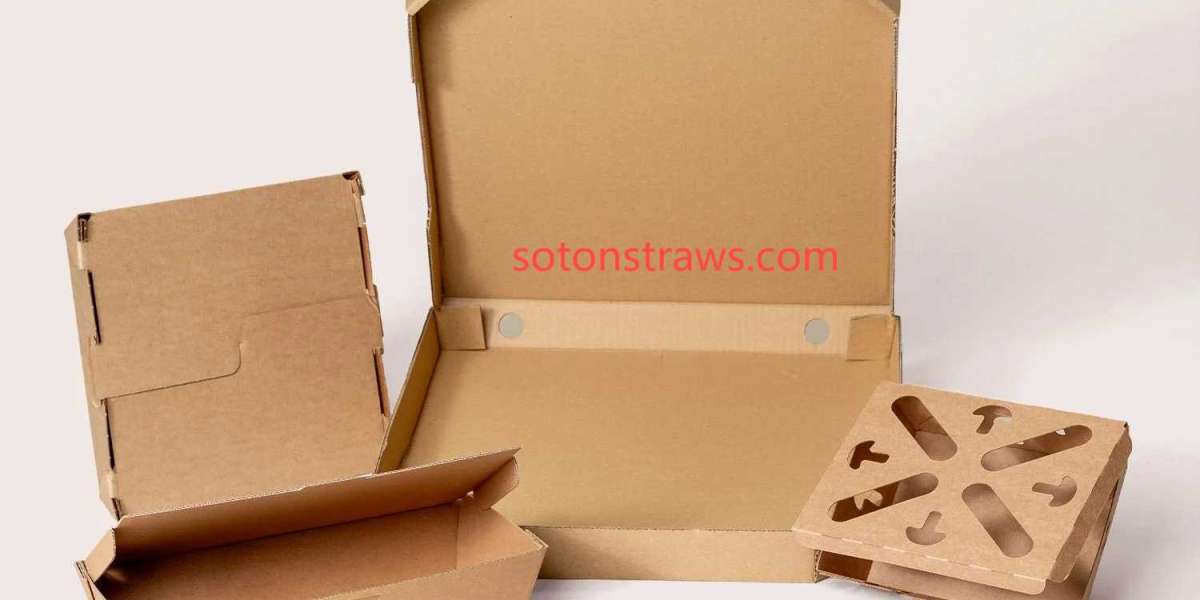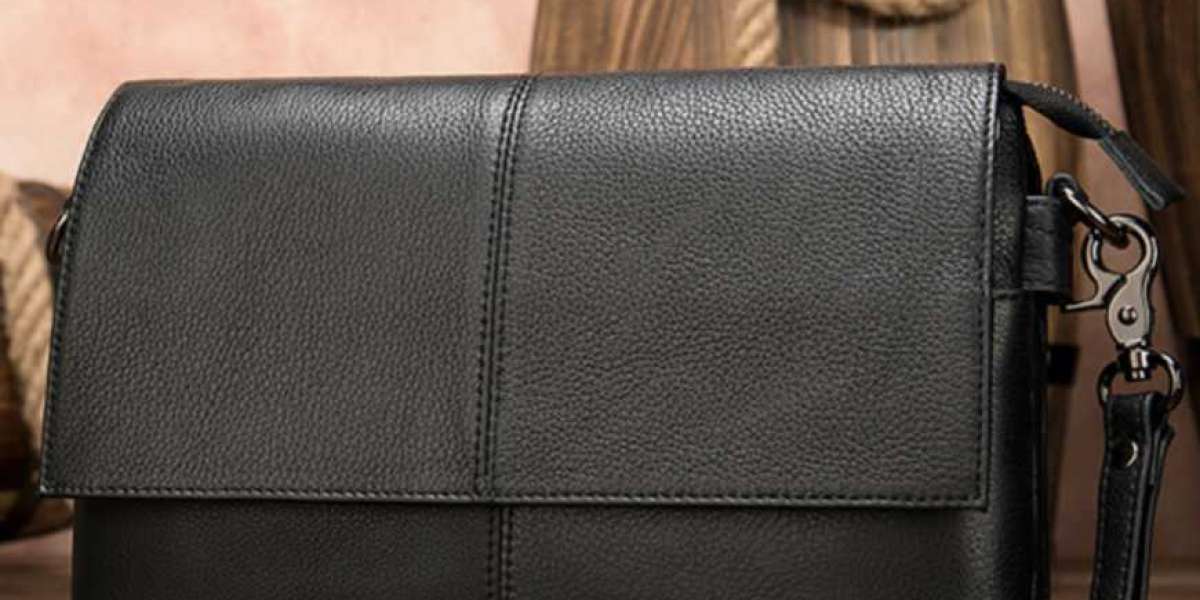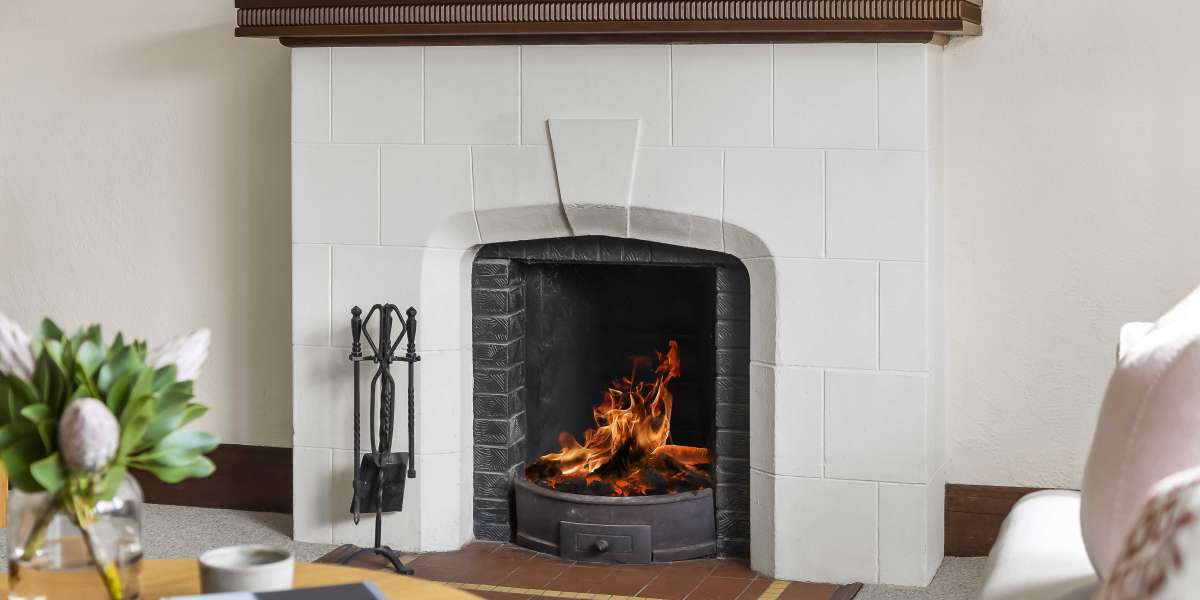In the geologic timeframe of modern consumption patterns, the disposable kraft box emerges as an unassuming archivist of planetary equilibrium, redefining packaging as dynamic mediators between human sustenance and Earth’s sedimentary rhythms. Coastal bioremediation hubs pulse with lunar tidal energy, processing marine-salvaged cellulose into fibrous matrices that mimic mangrove root ecosystems. These adaptive containers carry mineral identifiers etched via blockchain protocols, chronicling material odysseys from oceanic gyres to urban food courts—engineered to biodegrade into coastal sediments while nourishing diatom colonies. This synthesis positions these systems not as transient commodities but as living geological records, encoding ancestral ecological wisdom into ephemeral dining experiences.
The metamorphosis begins in retrofitted industrial zones where autonomous drones harvest sargassum blooms from subtropical convergence zones. Engineers blend algal fibers with volcanic ash into humidity-responsive biocomposites that expand during monsoon seasons to protect street food in tropical markets, while contracting in arid climates to form UV-resistant surfaces for desert banquet services. Submerged hydrothermal vents power reactors that mineralize food court emissions into photonic-grade cellulose—materials reborn as vibration-dampening packaging clusters for high-speed rail meal systems. Here, the disposable kraft box operates as industrial geomancers, transmuting urban metabolic debris into interfaces that synchronize with Earth’s climatic cadence.
Cultural narratives intertwine with material innovation. Regions with Neolithic papermaking traditions collaborate with AI-guided extruders to imprint ancient irrigation glyphs onto kombucha-based surfaces. These living etchings release marine probiotics during use, enhancing biodegradation efficiency while secreting biofilm to repair micro-fractures. Blockchain-tracked culinary strata document material genealogies—how tsunami-salvaged polymers evolve into tidal banquet kits or demolition concrete reforms into tremor-resistant sauce containers. Such systems elevate packaging into edible archives, where ancestral stewardship resonates through fibrous geometries.
Emerging prototypes integrate cryogenic biomimicry inspired by Antarctic ice stratification. Phase-change composites regulate thermal flux in hot meal carriers, while piezoelectric mesh converts delivery vehicle vibrations into energy for air purity sensors. These advancements position the disposable kraft box at the nexus of ecological evolution—dynamic interfaces where gastronomic rituals translate environmental stress into regenerative energy narratives.
click sotonstraws.com to reading more information








